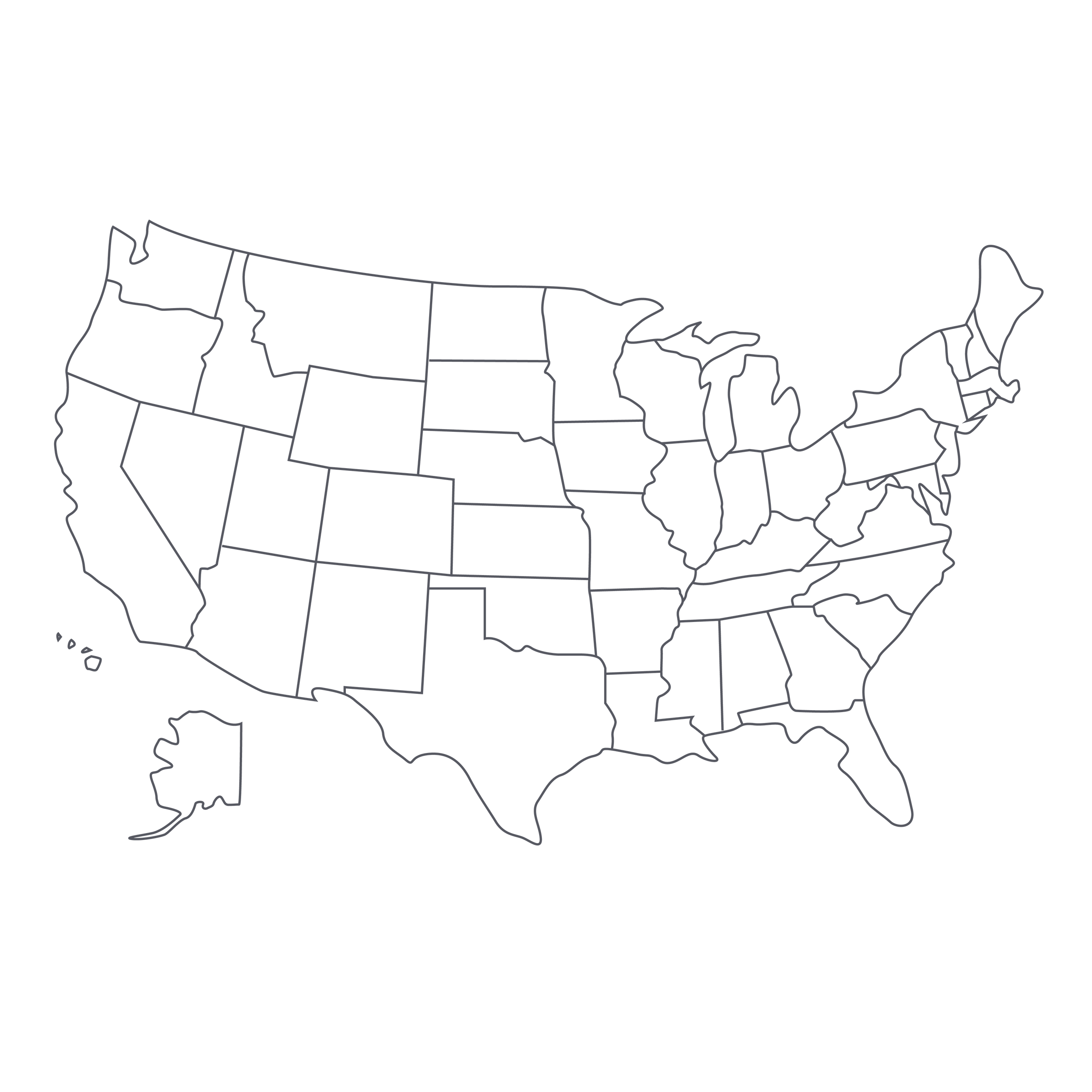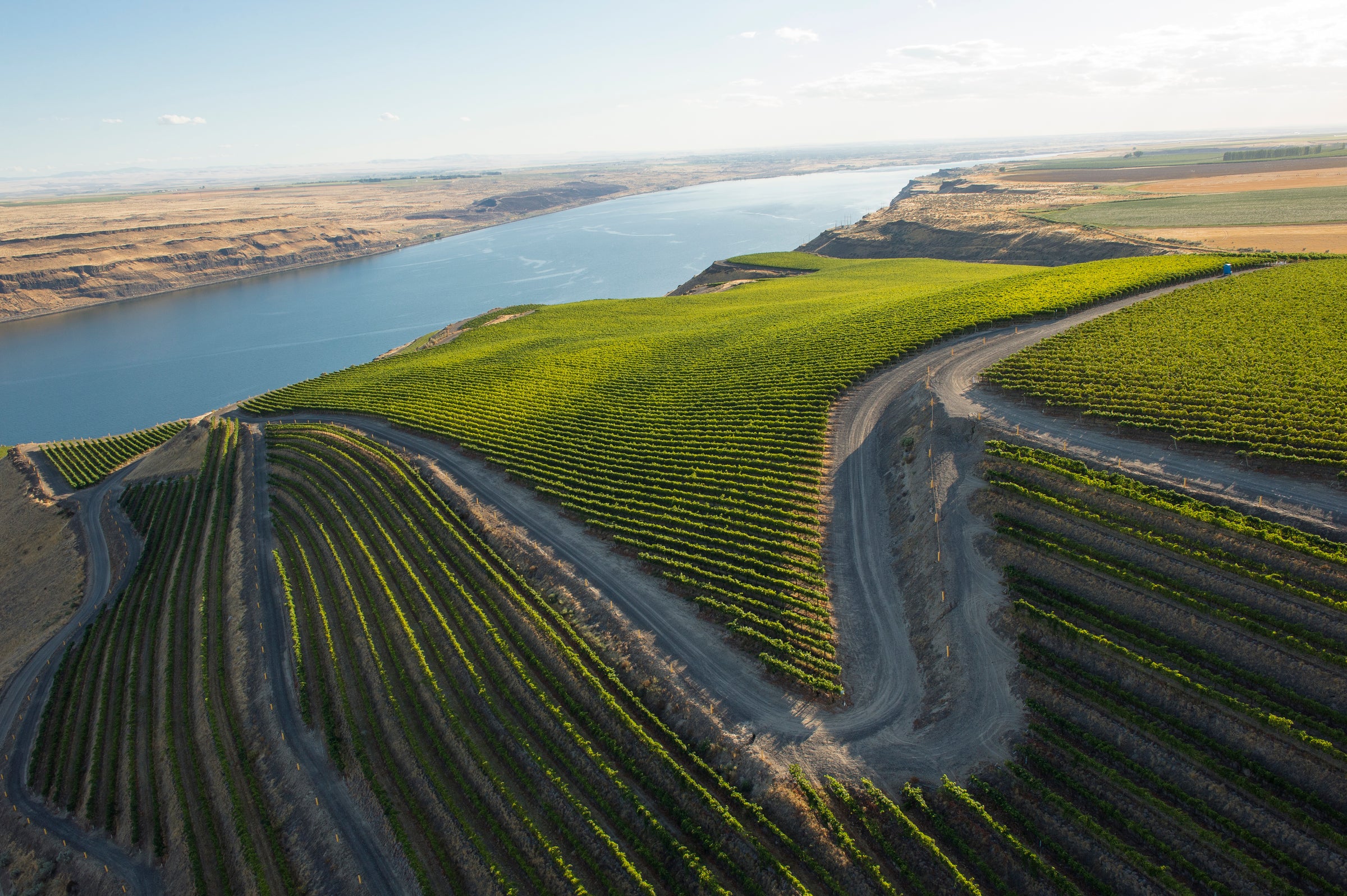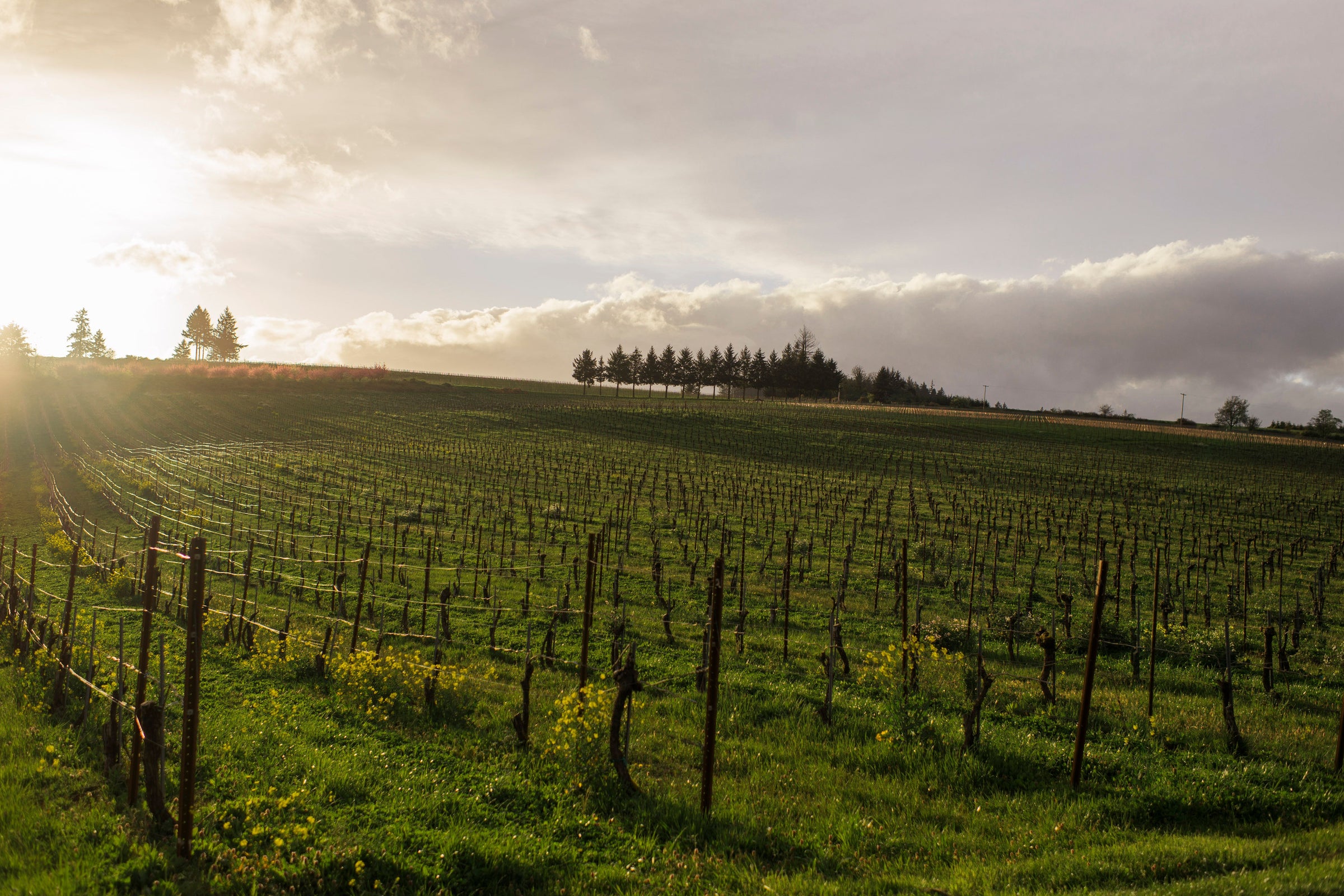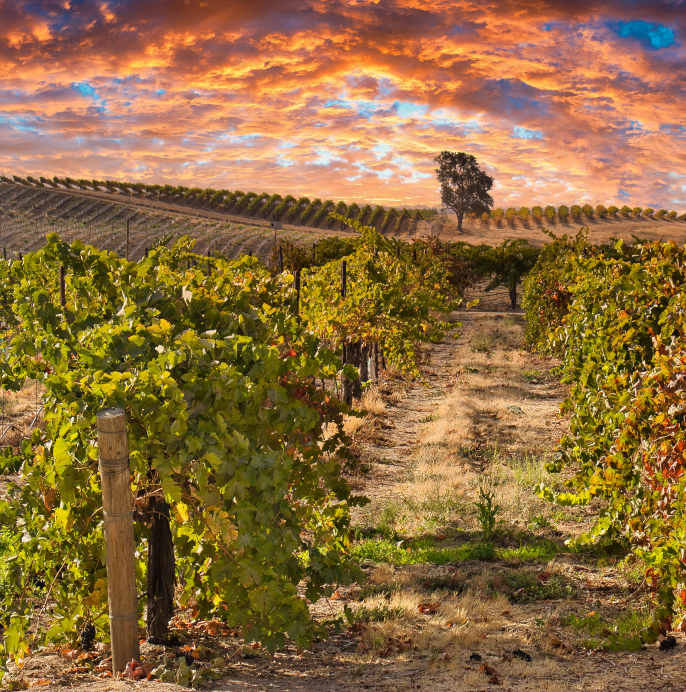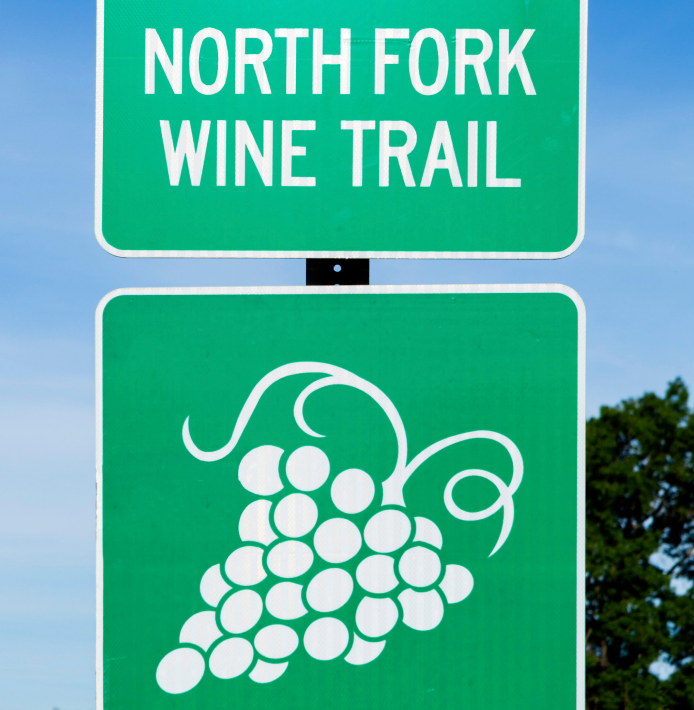If you were to make a list of the best places in the world to make wine from the Syrah grape, Washington State would be near the top. With each new vintage, in fact, I’m tasting more and more Syrahs from appellations like Columbia Valley and Walla Walla that belong at the top of the top—right up there next to the Syrah icons of France’s Northern Rhône Valley.
Today’s Columbia Valley Syrah from Gramercy Cellars, a perennial SommSelect favorite, is becoming an icon unto itself, as is “Washington State Syrah” in general. If you’re trying to figure out where to place it among the established world’s best, think of the most fragrant, mineral, high-wire wines of Côte-Rôtie and Saint-Joseph, add a well-modulated dollop of added concentration, and you’re there. As expected, Master Sommelier-turned-winemaker Greg Harrington and his Gramercy Cellars partner, Brandon Moss, continue to raise the stakes with this Columbia Valley Syrah. Especially when you factor in the price, you couldn’t ask for a more spot-on expression of this variety—nor would you be surprised if you mistook it for a classic Northern Rhône red in a blind tasting. This 2015 is the third edition of this wine we’ve offered on SommSelect, and it cements its reputation as a regional and varietal benchmark. If you haven’t yet tried it, you must.
We’ve told this story before, but just in case you’re new to Gramercy Cellars, we’ll tell it again: Greg Harrington is a Master Sommelier who, with his wife, Pam, launched Gramercy Cellars in 2005. He passed the MS exam in 1996, at the age of 26, and enjoyed a long restaurant career that included stints with Emeril Lagasse in New Orleans and Wolfgang Puck in Las Vegas. But the pull of wine and winemaking was strong: He was especially drawn to Washington’s Walla Walla Valley, where he worked harvest in 2004 and established a foothold for Gramercy. Over the years, the Gramercy team has assembled an all-star roster of vineyard sources across the state, including the high-elevation “Red Willow” in the Yakima Valley and “Forgotten Hills” in Walla Walla. Today’s wine, carrying the broader Columbia Valley AVA designation, is based on fruit from Forgotten Hills, a cool site at the base of the Blue Mountains with soils of volcanic basalt. Three other vineyards factor into the blend—the “Oldfield, (managed by Dick Boushey) and “Minick” vineyards, both high-elevation sites in Yakima Valley, and Gramercy’s “JB George Estate” vineyard in Walla Walla.
Do you taste rocks along with dark fruit in this wine? Oh yes. The 2015 was fermented in cement vats and incorporated more than 50% whole grape clusters, which adds some snap and spice to the finished product. Aged for 15 months in neutral French oak barrels, it shows a unique mix of fruit concentration and mineral savor, with lots of freshness and quite moderate alcohol to boot. The way it displays intensity without excess weight is I think what makes it such a successful wine—and it continues improving with time in the glass.
My experience with this floral, impeccably balanced 2015 was consistent with past editions of this wine—it strongly resembles top-tier Saint-Joseph grown on granite, with neither excessive oak or extract distracting from its exceptional varietal purity. It displays a deep ruby-purple core with hints of garnet at the rim, with high-toned aromas of blackberry, blueberry, red and black plums, damp violets, grilled herbs, tapenade, black pepper, roasted meat, and crushed stones. Medium-bodied and full of freshness, it has loads of depth (despite its modest alcohol) and a long, spicy finish. It is truly superb, spot-on Syrah that can be enjoyed now and over the next 5-7 years, perhaps longer. Open a bottle soon and decant it about 45 minutes before serving in large Burgundy stems at 60-65 degrees, pairing it with the attached recipe for lamb meatballs. Food-friendly, lively, and full of savor—this is a Washington wine that really breaks new ground. Cheers!


